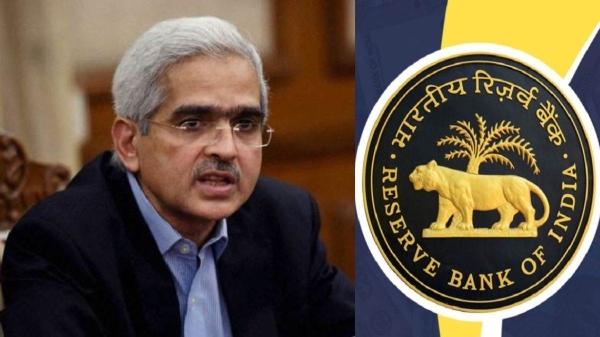RBI may conduct Rs 500 billion worth bond sales: Treasury officials
The Reserve Bank of India may have to consider open market operations (OMO) to manage liquidity in line with the stance of monetary policy, Reserve Bank of Ind
- by B2B Desk 2023-10-11 07:00:19
The Reserve Bank of India could sell around Rs 500 billion (USD 6.01 billion) of government bonds to narrow banking system liquidity, with supply front-loaded in this quarter, eight Treasury officials said.
“Since the operation is being targeted to remove liquidity, the cap should be around Rs 500 billion,” said Abhishek Upadhyay, a senior economist at ICICI Securities Primary Dealership.
“Ideally, bonds sales should be conducted within the next two months, if not sooner, as liquidity will dry up with pickup in currency in circulation during the peak festive season.”
The Reserve Bank of India may have to consider open market operations (OMO) to manage liquidity in line with the stance of monetary policy, Reserve Bank of India (RBI) Governor Shaktikanta Das said on Friday.

The Reserve Bank of India has been selling debt on the bond trading platform in the five weeks to September-end. India's banking system liquidity (the amount of funds in the interbank system) slipped into a deficit in mid-September.
Liquidity moved back to surplus this week and government spending should bolster it going ahead. While the Reserve Bank of India kept interest rates unchanged on Friday, the RBI signalled it would keep interest rates high and liquidity tight to bring inflation closer to its 4% target.
The policy announcements led to a sharp selloff in bonds, with the benchmark yield hitting a seven-month high of 7.40% on Monday. The Reserve Bank of India has not sold bonds through auctions since November 2017.
In the weeks ahead, festive cash demand and dollar sales from the Reserve Bank of India will contain the cash surplus, reducing the need for OMOs, traders said. Banking liquidity will fluctuate between a deficit of Rs 250 billion and a surplus of Rs 500 billion in the coming months, Swati Arora, a senior economist with HDFC Bank, said.
“As liquidity is likely to remain tight in October and March, the OMOs could be small,” she said. Reserve Bank of India (RBI) Governor Das said OMOs are aimed at managing liquidity but market participants are not convinced.
Traders said the central bank may auction a larger proportion of longer-term bonds to steepen the yield curve which is flat now.
Also Read: How to use Systematic transfer plans (STPs) for maximum returns

POPULAR POSTS
Loan EMIs to Drop as RBI Slashes Repo Rate - Full MPC December 2025 Highlights
by Shan, 2025-12-05 11:49:44
Zoho Mail vs Gmail (2025): Which Email Platform Is Best for Businesses, Startups, and Students?
by Shan, 2025-10-09 12:17:26
PM Modi Launches GST Bachat Utsav: Lower Taxes, More Savings for Every Indian Household
by Shan, 2025-09-24 12:20:59
$100K H-1B Visa Fee Explained: Trump’s New Rule, Clarifications & Impact on Indian Tech Workers
by Shan, 2025-09-22 10:11:03
India-US Trade Deal Soon? Chief US Negotiator Arrives in Delhi as Talks Set to Begin Tomorrow
by Shan, 2025-09-15 11:54:28
Modi Meets Xi: Trump’s Tariffs, Strategic Autonomy, and the Future of Asia’s Power Balance
by Shan, 2025-09-03 06:40:06
Google Claims Gemini AI Uses Just ‘Five Drops of Water’ Per Prompt, Sparks Debate
by Shan, 2025-08-22 12:34:27
RECENTLY PUBLISHED

Pine Labs IPO 2025: Listing Date, Grey Market Premium, and Expert Outlook
- by Shan, 2025-11-05 09:57:07

The Agentic Revolution: Why Salesforce Is Betting Its Future on AI Agents
- by Shan, 2025-11-05 10:29:23

Top 10 Insurance Companies in India 2026: Life, Health, and General Insurance Leaders Explained
- by Shan, 2025-10-30 10:06:42

OpenAI Offers ChatGPT Go Free in India: What’s Behind This Big AI Giveaway?
- by Shan, 2025-10-28 12:19:11

Best Silver Investment Platforms for 2025: From CFDs to Digital Vaults Explained
- by Shan, 2025-10-23 12:22:46





 Subscribe now
Subscribe now 